Have you ever noticed tiny, white bumps appearing around your eyes and wondered what they might be? These seemingly innocuous spots can spark concerns about your skin health and overall appearance. In today’s comprehensive guide, we explore what these white pimples are, delve into the possible causes, and provide detailed, dermatologist-approved strategies to get rid of them. With insights backed by trusted sources such as Mayo Clinic and Healthline.
Maintaining healthy skin around the delicate eye area is essential, and the appearance of white pimples can be both alarming and frustrating. Whether you’re dealing with a minor cosmetic nuisance or a sign of an underlying skin condition, understanding these bumps is the first step toward effective treatment and prevention.
What Are Those White Pimples Around Your Eyes?
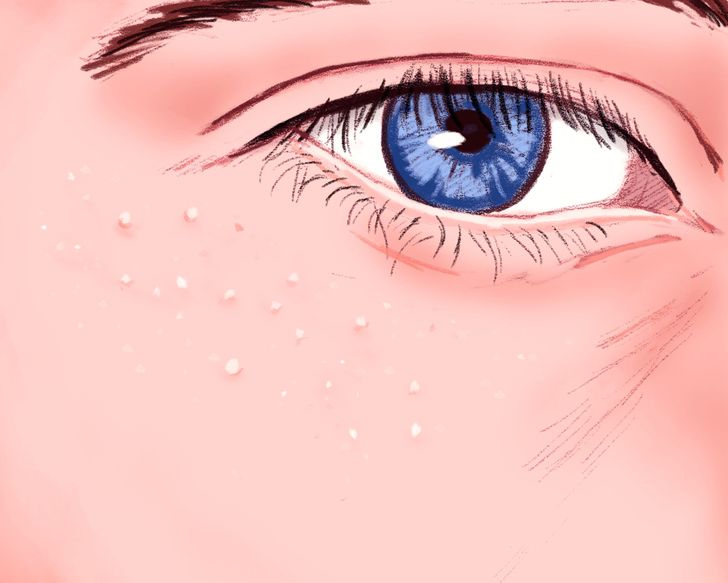
White pimples near the eye area can be caused by several factors, and they are not always a sign of a serious condition. The most common culprits include:
- Milia: Often mistaken for acne, milia are small, hard cysts that form when keratin (a type of protein) becomes trapped beneath the skin’s surface. These tiny, pearl-like bumps are usually painless and benign. They frequently appear around the eyes, nose, and cheeks.
- Clogged Pores and Whiteheads: The skin near your eyes is extremely delicate, making it prone to clogged pores. Dead skin cells, excess oil, and debris can accumulate, resulting in whiteheads. Unlike typical acne, these white pimples tend to be less inflammatory.
- Sebaceous Hyperplasia: This condition involves the enlargement of oil glands, leading to small, yellowish-white bumps. Though not harmful, they can affect the aesthetic appearance of your skin.
- Other Eyelid Conditions: Less commonly, conditions like styes or chalazia can present as white or yellowish bumps near the eyes. These are typically associated with infections or blocked oil glands and may require professional treatment.
Understanding the exact nature of these white bumps is crucial in determining the most effective treatment strategy. It’s important to remember that while they can be bothersome, these pimples are usually not indicative of a serious health issue. However, if you notice changes in size, color, or if the bumps become painful, it may be time to consult a professional dermatologist.
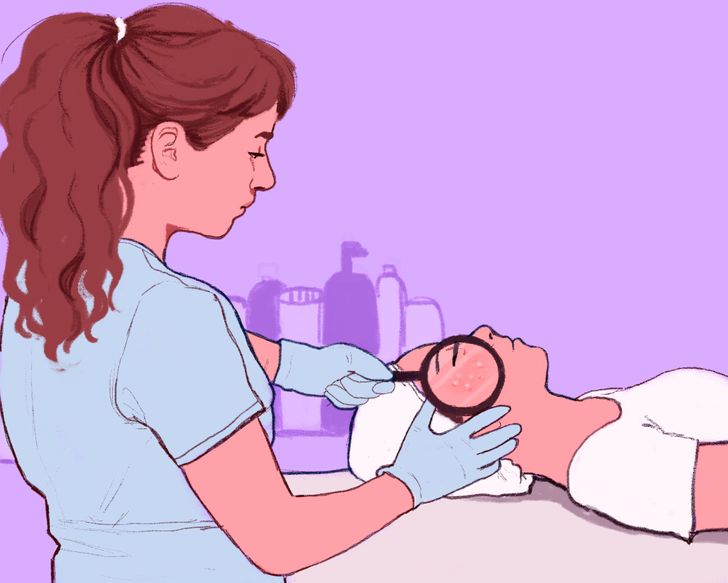
Common Causes and Risk Factors for White Pimples Near Your Eyes

The delicate skin around the eyes is particularly susceptible to a variety of environmental and lifestyle factors that can lead to the formation of white pimples. Here are some of the most common causes:
- Clogged Pores Due to Excess Oil and Dead Skin Cells: When the pores near your eyes become blocked with sebum (oil) and dead skin cells, whiteheads and milia can develop. This is especially common if you’re using heavy cosmetics or skincare products that are not suited for sensitive skin.
- Improper Makeup Removal: Failing to thoroughly remove eye makeup can lead to build-up, which may block the pores. Using gentle, non-comedogenic cleansers is essential to prevent such build-up.
- Irritation from Skincare Products: Some skincare products contain harsh chemicals or fragrances that can irritate the delicate skin around the eyes. Choosing products that are specifically formulated for sensitive areas can help reduce the risk of developing these white bumps.
- Hormonal Changes: Fluctuations in hormones, which often affect oil production, can contribute to the formation of white pimples. This is commonly seen during puberty, menstrual cycles, or stress-related hormonal imbalances.
- Environmental Factors: Exposure to pollution, UV radiation, and allergens can compromise the skin’s natural barrier. These factors may lead to inflammation and the formation of pimples in sensitive areas.
- Genetic Predisposition: Sometimes, a family history of similar skin conditions can predispose you to developing white pimples, even if your overall skin care routine is diligent.
Each of these factors can play a role in the development of white bumps around the eyes. For instance, using non-comedogenic, gentle skincare products and ensuring a proper makeup removal routine are simple yet effective measures to maintain healthy skin in this area. If the issue persists, it might be wise to seek advice from a dermatologist who can offer personalized treatment options.
For further reading on causes and risk factors related to eye area conditions, check out detailed articles on Healthline’s skincare section.
Effective Treatments and Home Remedies: How To Get Rid Of White Pimples Around Your Eyes
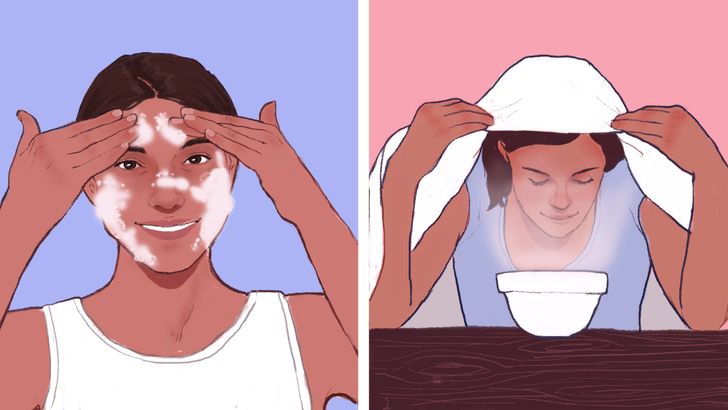
When it comes to treating white pimples around your eyes, there are several strategies you can adopt. Treatments range from simple home remedies to advanced dermatological procedures. Below are some effective methods to help you achieve clearer skin:
Home Remedies and Over-the-Counter Solutions
- Gentle Cleansing: Use a mild, fragrance-free cleanser to wash the area around your eyes twice a day. This helps remove excess oil and makeup residue without irritating the delicate skin.
- Warm Compress: Applying a warm compress for 10-15 minutes can help open up the pores and encourage the trapped keratin to surface, making it easier for the skin to naturally expel it.
- Non-Comedogenic Moisturizers: Invest in moisturizers that are labeled non-comedogenic. These products hydrate your skin without clogging pores, reducing the risk of further breakouts.
- Topical Retinoids: Over-the-counter retinoid creams can promote cell turnover, which helps prevent the buildup of dead skin cells. However, these should be used with caution around the sensitive eye area and preferably under a dermatologist’s supervision.
- Natural Remedies: Some natural ingredients like tea tree oil, aloe vera, and green tea extract have anti-inflammatory and antibacterial properties. When diluted properly, these can serve as a gentle remedy for reducing the appearance of white pimples.
Professional Treatments and Dermatologist-Recommended Options
- Chemical Peels: A dermatologist might recommend a light chemical peel to help exfoliate the skin and remove the buildup of dead cells. Chemical peels are particularly effective for stubborn cases.
- Laser Therapy: In some instances, laser treatments can be used to target and break down the keratin deposits that cause milia and other types of white pimples. Laser therapy is generally considered safe when performed by a qualified professional.
- Extraction Procedures: For persistent milia or clogged pores that do not respond to topical treatments, a dermatologist may perform a gentle extraction. This procedure is done using sterile tools and is both safe and effective when performed by experts.
- Prescription Medications: If the condition is linked to inflammatory acne or other skin disorders, a doctor might prescribe topical antibiotics or retinoids to reduce inflammation and promote clearer skin.
When exploring treatment options, it’s crucial to remember that the skin around your eyes is extremely sensitive. Always opt for products and procedures that are designed for delicate skin and consult with a healthcare provider before beginning any new treatment regimen. For more detailed insights into professional treatments, visit Mayo Clinic’s dermatology page.
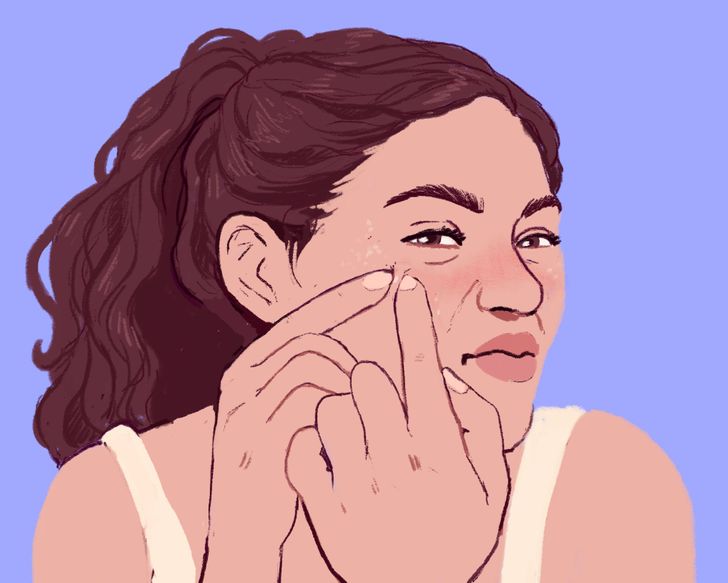
Expert Skincare Tips & Prevention Strategies for a Healthier Eye Area
Prevention is often the best treatment when it comes to skincare. Implementing a consistent routine that focuses on the delicate eye area can help reduce the likelihood of developing white pimples. Here are some expert tips and strategies:
- Prioritize Gentle Cleansing: Start with a daily cleansing routine using a gentle, hypoallergenic cleanser. Avoid harsh scrubbing, which can irritate the skin further.
- Use Quality, Non-Comedogenic Makeup: Opt for makeup products that are specifically labeled as non-comedogenic and hypoallergenic. This helps prevent pore blockage and reduces the risk of developing white bumps.
- Regularly Replace Skincare Products: Expired or contaminated skincare products can cause skin irritation and exacerbate existing issues. Replace products every six months to a year, depending on usage.
- Sun Protection: The skin around the eyes is particularly vulnerable to UV damage. Use a broad-spectrum sunscreen daily, and consider wearing sunglasses with UV protection to shield your delicate skin.
- Maintain a Healthy Diet: Nutrition plays a significant role in skin health. Incorporate antioxidant-rich foods, omega-3 fatty acids, and vitamins A, C, and E into your diet. Staying hydrated is also essential for maintaining the skin’s elasticity and resilience.
- Stress Management: High levels of stress can trigger hormonal changes that might contribute to skin issues. Incorporate stress-reducing practices such as yoga, meditation, or regular exercise into your routine.
- Consult a Dermatologist: If you find that white pimples around your eyes persist or worsen, seeking the advice of a dermatologist can be invaluable. They can assess your skin condition and provide personalized treatment options tailored to your needs.
These preventive measures not only help in reducing the occurrence of white pimples but also promote overall skin health. By adopting a holistic approach that includes proper skincare, nutrition, and lifestyle modifications, you can achieve a healthier, more radiant appearance. For additional skincare tips, explore expert advice on websites like WebMD.
Conclusion: Achieve Clearer, Healthier Skin Around Your Eyes
White pimples around the eyes can be both a cosmetic concern and a signal of underlying skin issues. Whether they’re caused by milia, clogged pores, or other factors, understanding the root cause is essential for effective treatment and prevention. By following a gentle skincare routine, using quality products, and consulting with a dermatologist when needed, you can restore balance to your delicate eye area.
Remember, healthy skin is not just about appearance—it’s about nurturing your body and boosting your confidence. With the right knowledge and tools at your disposal, you can effectively manage and even prevent these white pimples from recurring. For anyone experiencing persistent skin issues, professional guidance is key to tailoring a treatment plan that meets your unique needs.
For further information and up-to-date research on skincare and dermatological treatments, consider visiting reputable sources such as Mayo Clinic and Healthline. These trusted sites offer comprehensive insights into the causes, treatments, and preventive measures for a wide range of skin conditions.
Incorporating high-quality skincare products and embracing a proactive approach to skin health can make a significant difference. Explore innovative skincare solutions, including organic and dermatologist-recommended products, to ensure your eye area remains clear and radiant. Ultimately, achieving healthier skin around your eyes is an investment in both your appearance and overall well-being.
By understanding what these white pimples are, recognizing their causes, and adopting effective treatment and prevention strategies, you’re empowered to take charge of your skin health. Whether you choose home remedies or professional treatments, every small step towards proper skincare can lead to a clearer, more confident you.



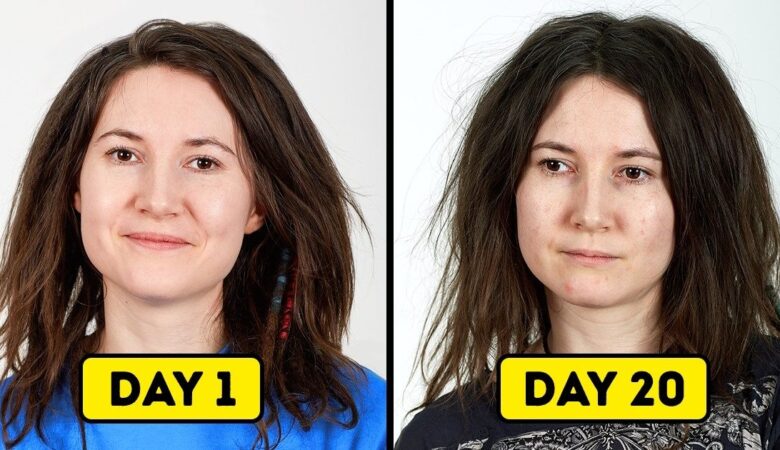
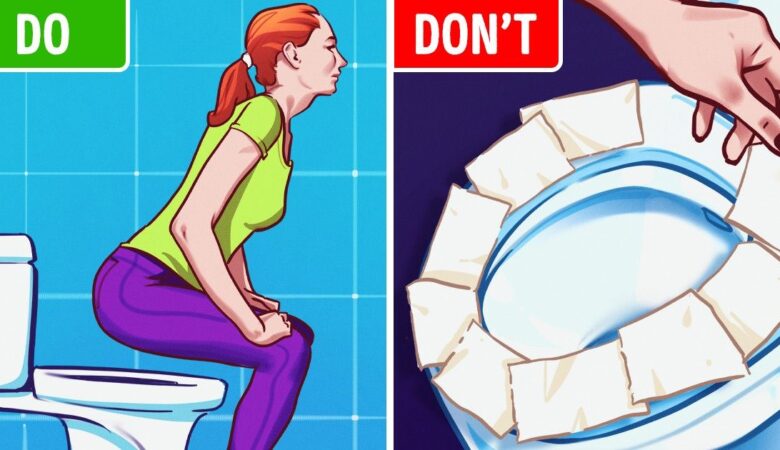




Leave a Reply